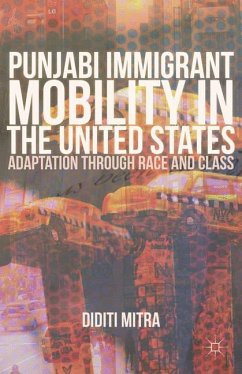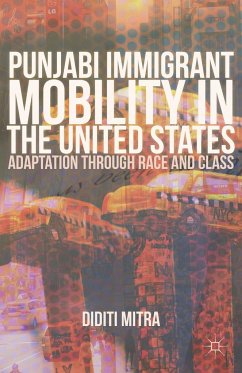
Integration and Receptivity in Immigrant Gateway Metro Regions in the United States

PAYBACK Punkte
64 °P sammeln!
Despite the velocity and scale of the cumulative changes of immigrant integration and receptivity infrastructures in fast growing regions of the United States, less research has focused on the new and evolving experiences in these regions in recent years. Editors Paul N. McDaniel and Darlene Xiomara Rodriguez and the contributors in Integration and Receptivity in Immigrant Gateway Metro Regions in the United States fill this gap through case studies of different types of immigrant gateway metro areas. They provide insight into how immigrant settlement, integration, and receptivity processes an...
Despite the velocity and scale of the cumulative changes of immigrant integration and receptivity infrastructures in fast growing regions of the United States, less research has focused on the new and evolving experiences in these regions in recent years. Editors Paul N. McDaniel and Darlene Xiomara Rodriguez and the contributors in Integration and Receptivity in Immigrant Gateway Metro Regions in the United States fill this gap through case studies of different types of immigrant gateway metro areas. They provide insight into how immigrant settlement, integration, and receptivity processes and practices within each metro area have continued to evolve beyond the nascent experiences documented in the early 2000s. This interdisciplinary volume examines ongoing processes in not only well-established immigrant gateways, but also in previously overlooked regions. This book is a resource for researchers, students, and practitioners to contextualize the ongoing changes in new destination metropolitan regions in the United States and to learn from the challenges, opportunities, and best practices emerging from different metropolitan regional contexts.














